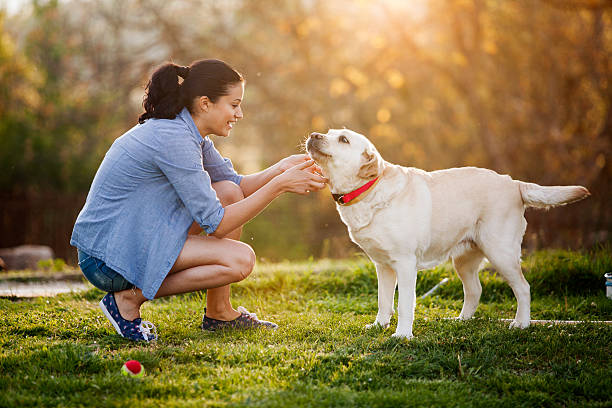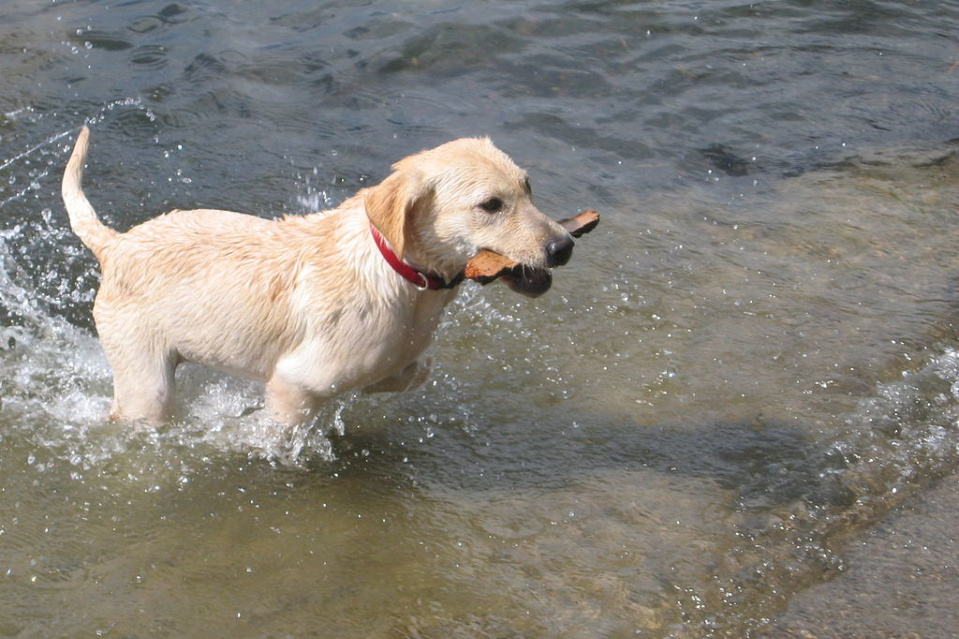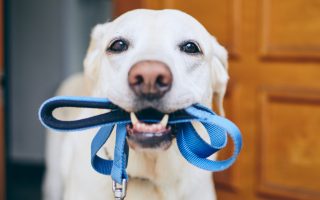Training your puppy using positive reinforcement and kind, careful consideration. Can have long-lasting positive effects on your life and your furry friend’s relationship. Starting early means, you get to spend more time with your dog while teaching them how to stay safe and happy. Here are some of the easy guides for Training Your Labrador Puppy.

Like most puppies, young Labs are fun-loving, high-spirited, and easily motivated. Incorporating learning experiences with playtime can give your pup a chance to build some basic understanding of rules that need to be followed. While still creating a positive association.
Starting with simple, small commands and eventually working towards more meaningful, more challenging goals is the right way to go. Here are a few points to focus on when you begin training your cute puppy.
1. Positive Reinforcement Is Important
From teaching them to obey easy-to-understand commands or helping them adjust to a leash or crate, positive reinforcement is the best way to bring your dog’s attention to the matter while encouraging them to repeat good behavior. Handing them a small treat or petting them after every successful loop is a great way to give your dog confidence and show them that they are doing the right thing.
2. Small Steps Lead To Big Wins
It is vital to understand that small steps lead to significant progress. If you try to jump into advanced commands or try to take extra-large steps with your pups’ training. You will have a confused puppy who does not understand what you are trying to communicate. When starting, it’s best to ease the pup into new changes and situations and repeat each scenario multiple times. So that your puppy can get the hang of it properly without getting overwhelmed.
3. Do Not Lose Patience
Pups aren’t that smart or intelligent, just like any young child. Training can be exhausting for both you and your dog. You must maintain an attitude of patience and positivity firstly because your dog will pick up on your tense emotions and get tense themselves. Secondly, because getting impatient means that you won’t be able to appreciate the progress your pup is making. Expecting too much from your little puppy is the biggest mistake you can make.
4. Do Not Over-Do It
Repetition and positive reinforcement in training are essential, but that doesn’t mean that you put the whole amount of your time and effort into practice alone. Playing with your pup, spending time with them, and exploring on their own are equally important. On the one hand, it helps the dog maintain their interest and curiosity, while, on the other hand, it helps them conserve energy which they need for their growth and development phase.
5. Celebrate Achievements
If your puppy crosses an important milestone, it is fair to let them know that they have done an excellent job! Award your pup with occasional celebratory snacks to keep them happy and enthusiastic about continuing their training and focus.
Training a pup takes time, effort, and patience. All the time spent bonding with your puppy will make a world of difference and result in a robust and healthy relationship between you and your furry friend bound to last a lifetime.
Conclusion
Labrador Puppy Training is not a one-size-fits-all approach. What works for one Labrador might not work for another. That’s why you search for a variety of options to make training your Labrador puppy a positive experience for both of you. You can’t just take your puppy home, put him on the floor, and expect him to be perfect. You need to train them. It is a fun process that you are required to do in order for your Labrador to grow into a well manner.







